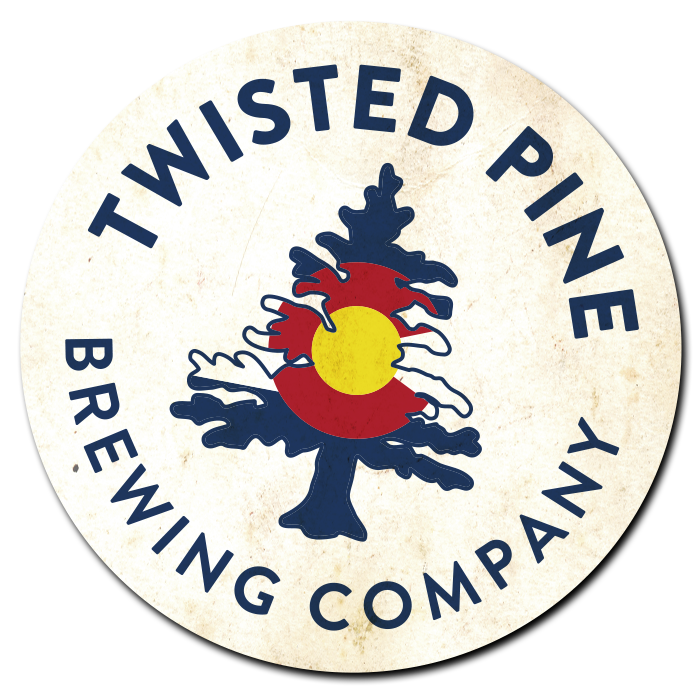There is a style of beer that we don’t see all that often anymore. It had a quick rise and fall in the beer world in the 15th century. This specialty brew is the roggenbier. The roggenbier brewing technique has an extremely interesting history. This technique originated in Bavaria during the medieval period. During the middle ages it was common practice to produce beer with whatever grain grew best in your region. In the case of Bavarian society this was rye.
Unfortunately, after a few bad harvests in 1516, the Duke of Bavaria enacted the Bavarian Purity Law. This was to ensure availability for affordable prices of wheat and rye for food resources. At this time he also decreed that beer must only be produced with water, barley and hops. As a direct result of this law the roggenbier disappeared from the brewing world for almost 500 years. It wasn’t until 1987 when the European Court intervened, causing a severe loosening on restrictions.
In recent years roggenbier has gained popularity at breweries outside of central Europe. This style of brew has a delightful spiciness that pairs well with the sweetness of the weizen yeast. It finishes light and crisp, creating the perfect beer on an autumn day.
Our own brewer, Jeff, used this technique of brewing in his Rockin’ Roggen beer. This beer has a very low bitterness, testing at 5.6% ABV and 17 IBU. Its primary flavor components are clove and spiced rye with notes of banana. This is a light, yet very flavorful beer. Jeff was skilled enough in the brew to earn a silver medal at the Great American Beer fest, within the rye beer category.
(left) Twisted Pine co-owner Bob, (middle) General Manager Nick, (Right) Head brewer Jeff


